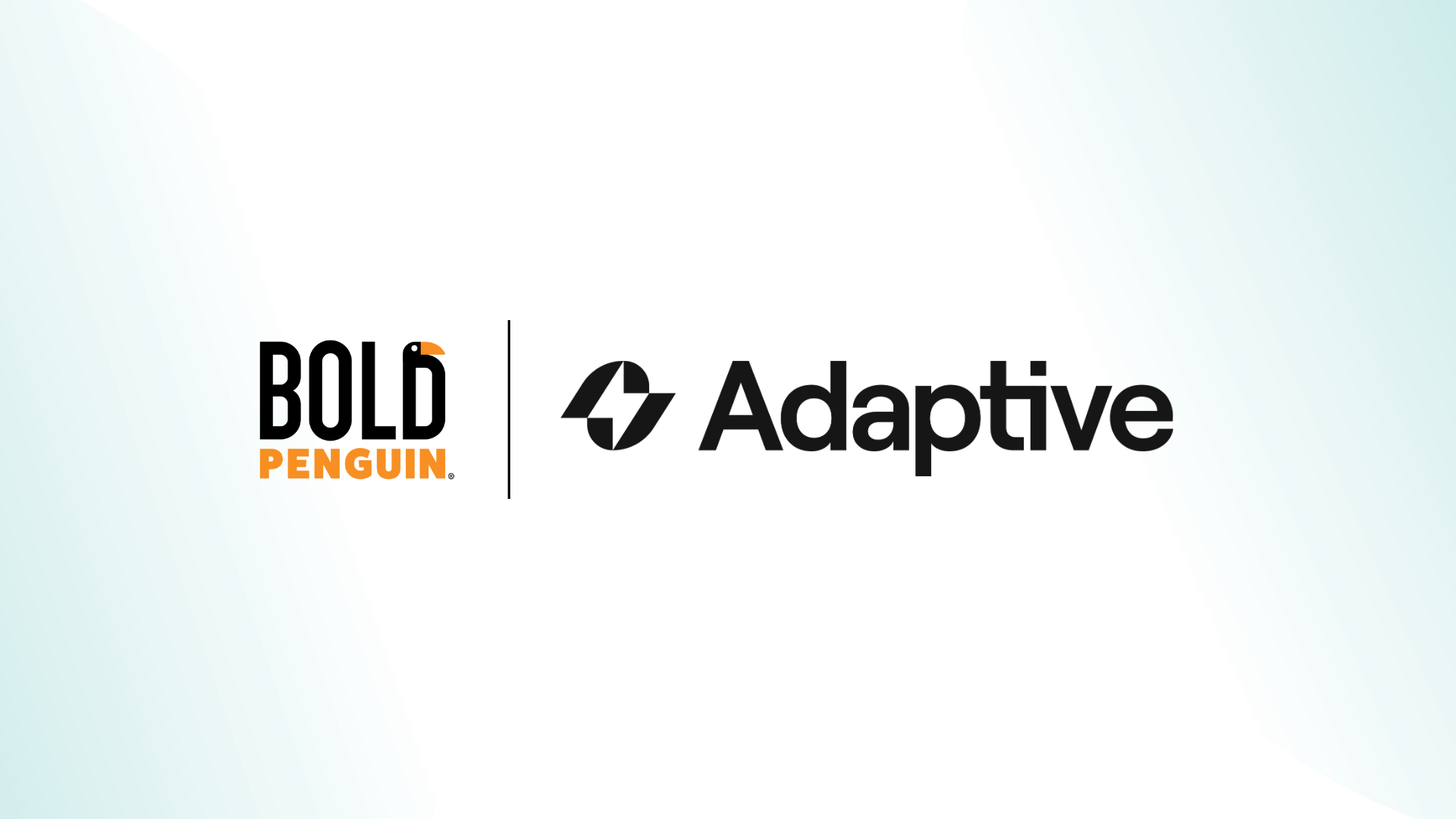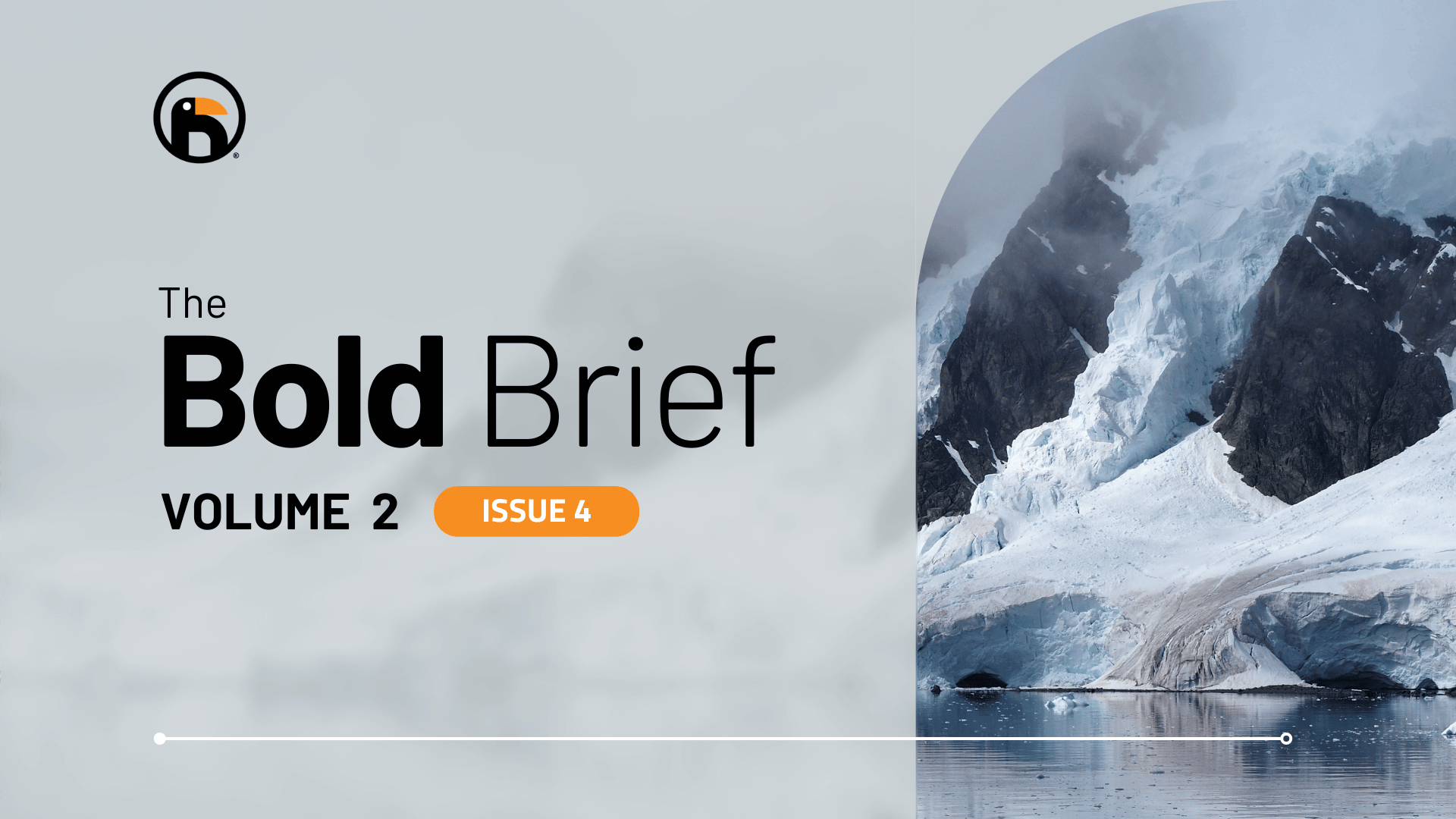Evolving flood insurance coverage needs of small businesses
The second installment in the Bold Penguin series on The Evolving Risks of Small Businesses addresses flood risks and flood insurance coverage benefits.

Contributed by Chris Kessler, Vice President of Corporate Development at Bold Penguin. In this role, Kessler maintains a pulse on the commercial insurance market and continually searches for new opportunities to acquire products and services that extend Bold Penguin’s mission to simplify commercial insurance.
The Evolving Risks Of Small Businesses is a six-part educational series crafted to help insurance agents navigate the demands of commercial insurance, brought to you by Bold Penguin. Each month, we will highlight a new timely topic that will discuss the trends and tips of a particular risk to help business owners protect their investments.
February’s focus is flood insurance coverage. The complete Evolving Risks Of Small Businesses 2024 Report is available here.
Second installment in The Evolving Risks series: flood insurance coverage
In the second installment of The Evolving Risks of Small Businesses series, we dive into the ever-changing landscape of flood insurance coverage. Flood insurance is an increasingly important coverage line for small and medium-sized businesses (SMBs), but unfortunately it is often off their radar (until it may be too late). As a trusted advisor to SMBs, your role is more than just selling policies; it's bringing awareness to risks that otherwise may be forgotten or underestimated.
Flood risks and the rising tides of flood insurance coverage
According to a recent article by the Insurance Information Institute, “Flooding is the most common and costly natural disaster in the United States, causing billions in economic losses each year. According to the National Flood Insurance Program (NFIP), 90 percent of all natural disasters in the United States involve flooding.”

According to the Federal Emergency Management Agency (FEMA), just a few inches of flooding can cause thousands of dollars of damage. The deeper the flood water, the higher the repair cost. Without flood insurance coverage, most business owners would have to pay these costs out-of-pocket. It’s obvious that the risk is real.
So now what?
It’s up to commercial agents to educate SMBs on these risks to close the educational gap regarding the need for flood insurance coverage. This represents a growth opportunity for agents. In a recent interview with Gabby Grodman, Inside Distribution Representative at Neptune Flood Insurance, she advised, “Communicating the value of flood insurance is a huge opportunity for all agents. The majority of insureds are unaware that their standard insurance policy does not include flood coverage. The best practice is to make your insured aware of this gap in coverage and offer a flood quote with every stand-alone policy.”
If there is rain in your community, there is the risk of flooding - it’s that pervasive. SMBs are not immune to natural disasters. A small business owner’s dream venture can be washed away, taking a financial – not to mention mental – toll on the business owner. The eradication of a community’s small businesses can have a devastating, rippling impact. Education and flood insurance coverage protection of small businesses are critical.
According to a 2018 FEMA press release, “About 25 percent of businesses do not reopen after [natural] disasters. Having an emergency disaster plan and a continuity operations plan in place can reduce that risk and help the business recover faster.” As a trusted advisor, it's important for agents to communicate this information to customers, enabling them to understand the potential devastation they may encounter without proper flood insurance coverage. As an agent, exploring the breadth of offerings from flood carriers can enable your SMB with access to extension risk mitigation and recovery process planning programs which serve to get their business back up and running quickly in the event a disaster should occur.

“Ninety-nine percent of U.S. counties have experienced a flood since 1998, and over 40% of flood insurance claims come from outside high-risk flood areas,” according to a 2023 FEMA Fact Sheet.
Climate change and the hard market
The frequency and severity of floods has increased. The frequency of heavy rainfall events has increased by 30% in the last century. A study originally published by Nature Climate Change and recently summarized in the Washington Post, states “Climate change will cause the nation’s flooding losses to jump more than 26 percent over the next three decades.”
Grodman further explains, “As awareness of climate change and its impacts on weather increases, so does the need for comprehensive insurance. The news and media coverage of extreme losses after severe weather events has had a profound impact on small businesses owners by allowing them to truly see what can become of their business due to a flood.”
The increase in floods and natural disasters is also contributing to the hard insurance markets we are experiencing today. According to the Council on Foreign Relations, “Accelerating risks and damage from climate change are spurring private insurers in the United States to limit coverage in a growing number of areas.” It's becoming increasingly likely that these trends will continue. By incorporating climate-related talking points into your flood insurance coverage discussions with SMBs, you're providing them tools to make informed decisions about the unpredictable forces of nature.
The Insurance Information Institute (III) states, “There is no coverage for flooding in standard homeowner’s or renter’s policies or in most commercial property insurance policies.” While this is fact, it’s not common knowledge. Many SMBs assume flood insurance coverage is included in their existing policy, without educating themselves on what additional flood coverage is needed and available either from the National Flood Insurance Program (NFIP) or a private insurer. More details on what these two options could provide are below.
There’s reason to be hopeful that innovations in the parametric flood insurance space will help fill some flood coverage gaps in the U.S. in the coming years. Flood risk is difficult to price for carriers, so what follows oftentimes is a coverage gap. New tech tools are being developed to improve the accuracy of underwriting data for conventional insurers, which could ultimately help expand access to parametric flood insurance to even the smallest businesses.
How a commercial agent can help
Educate yourself
Because flood insurance isn’t written as often as other commercial coverage lines, an agent can benefit from educational tools and resources regarding what exactly flood coverage entails. For example, Building Property Coverage includes flood damage to the building including awnings and canopies, buildings and its foundation, and electrical and plumbing systems. The Personal Property portion covers certain valuable items (up to a certain total), clothes, washers and dryers, furniture, and fixtures. Other coverages to look for include business interruption, loss of rental income, and replacement cost on buildings. It is important to read each coverage policy to see what is explicitly included and excluded and how much is covered.
Compare the differences between the National Flood Insurance Program (NFIP) and private flood insurers
Established in 1968, the NFIP is a federal program enabling property owners in participating communities to purchase flood insurance coverage as protection against flood losses. Over 21,000 communities participate in the NFIP.
In addition to the NFIP, insureds can seek additional coverage from private insurers. Private insurers might offer shorter waiting periods to obtain coverage and the ability to increase coverage limits above what the NFIP can provide. The maximum amount of commercial coverage for each of the two NFIP policies, building property and personal property, is $500,000.
Seek additional options
Small businesses can seek additional options for flood insurance coverage that are tailored to their unique needs. Some private insurers allow customers to choose additional coverage limits or add optional coverages to guarantee replacement cost valuation. Additionally, some private flood insurers, like Neptune Flood Insurance, can also provide optional coverage for tenant-owned small businesses, protecting both their interest and the building owner’s. Business interruption coverage can also provide much needed cash flow if a business is closed due to a flood.
Reassess flood insurance coverage regularly
It's essential to adapt insurance policies to meet the changing landscape. When conducting periodic assessments and identifying vulnerabilities, consider factors like shifting flood zones, increased property valuation, and the amount of total business assets.
Be prepared
As insurance agents, staying ahead of the curve is mission critical. Oftentimes, the need for flood insurance coverage receives national media attention during and immediately after a natural disaster, i.e., when it’s too late. But the best time to prepare is during the quietest times before the storm.

Grodman states, “Hurricane season begins on June 1st and ends the final day of November. During the months leading up to hurricane season, agents and business owners should be focused on securing adequate flood insurance coverage. The beginning of the year is a great time to start conversations around flood coverage for new business insureds. You can use these months to educate them on the importance of flood insurance and the lack of flood coverage in their standard property policy. Agents should also be aware of any policies with upcoming renewals in the hurricane season. The time prior to renewal should be used to reevaluate your client's insurance needs, make any necessary changes, and ensure the renewal is paid on time to avoid a lapse in coverage.”
The calmer waters of flood insurance coverage
The rising frequency and severity of floods has significantly increased risk for SMBs. Communicating this to your SMB customers shines a light on the importance of having robust flood insurance coverage in place. As insurance agents, you have an obligation to educate your customers on the “what,” the “why,” and the “how” of seeking and evaluating available coverage options. This also represents an opportunity to provide personalized advice and expand your role as a partner in their success, and not just a service provider.
The preceding is part two of a six-part educational series on navigating commercial insurance, with the purpose of keeping commercial insurance agents abreast of industry trends. The complete Evolving Risks Of Small Businesses 2024 Report is available here.



